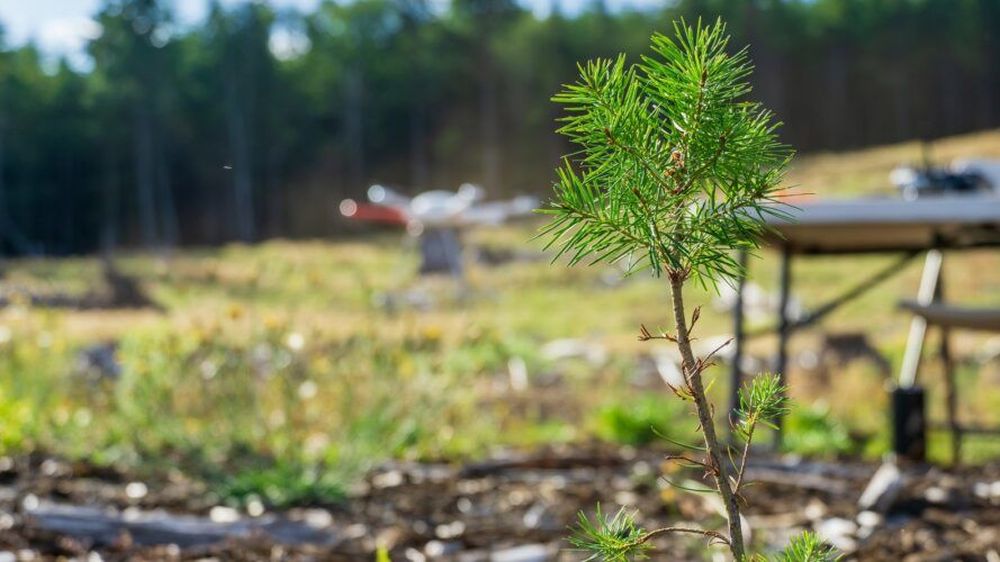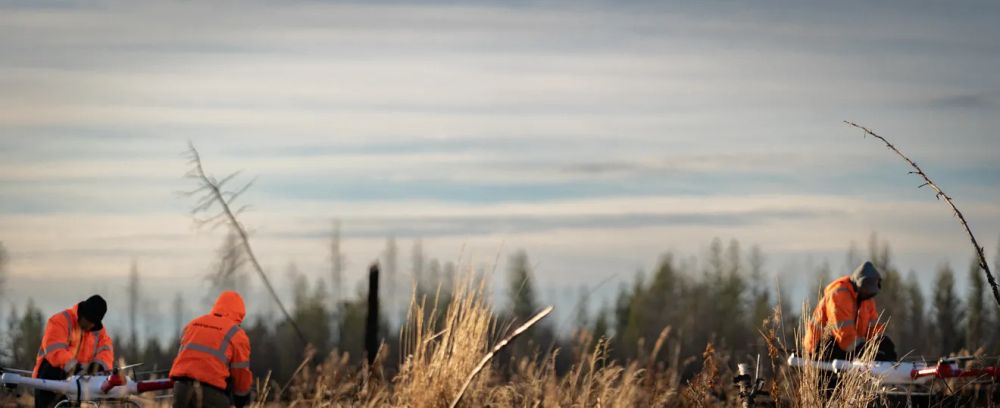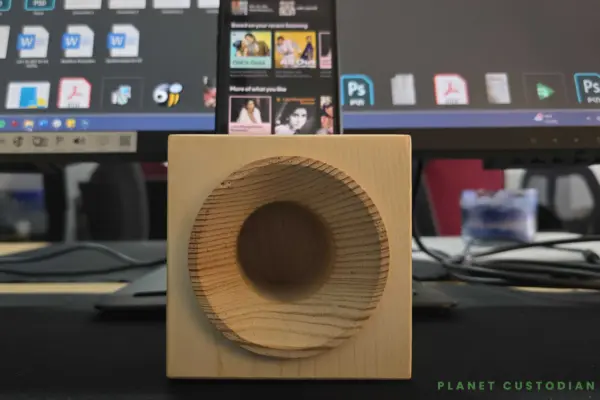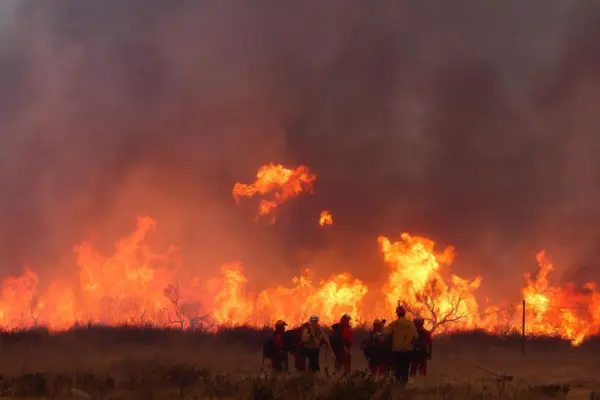DroneSeed Planting Trees in Wildfire-Charred Landscapes of British Columbia
Last fall drones flew over wildfire-scarred landscapes in BC’s First Nations, dropping thousands of tree seeds to trigger the reforestation on the charred grounds
Wind and animals scatter tree seeds to unimaginable distances, which helps in the germination of new tree saplings. However, wildfires can destroy any scattered seeds, hindering the natural plant regeneration process. While it is an incredibly herculean task to manually plant new saplings, technology can lend an aiding hand. DroneSeed is a firm working on a drone system that aims to replant forests after a fire has ravaged the land, and thankfully, it’s now planting trees in British Columbia.
This technology is efficient at dropping the seed pods in a directed way, instead of scattering them haphazardly to enhance the chance of growth success. The employment of seed containers is achieved through the use of innovative laser mapping, which identifies the nutritious soil areas to plant in.
The US-based firm is deploying drones to replenish forests destroyed by wildfires. According to DroneSeed, it can grow up to 140 trees per acre based on the tests carried out in New Zealand and Washington State. Past many wildfire seasons have burned the forests so badly that there has been no regeneration of seedlings.

Image: DroneSeed
With another record-setting wildfire season blazing across North America, this could be a possible solution for quickly regenerating the big patch of lost forests. In April 2022, BC had recorded 68 wildfires. Over 800,000 hectares of the province burned last year, including the entire town of Lytton!
Tŝideldel First Nation community is working in conjunction with the Tl’etinqox First Nations Government to reseed the forests after the Plateau Complex fire ravaged the region. A reforestation and land management company in British Columbia, Central Chilcotin Rehabilitation (CCR) is also working to trigger reforestation in the fire-destroyed areas.
Percy Guichon, director of CCR, said;
A lot of these areas where there have been wildfires, some of these areas have burnt so hot that there’s no regeneration of seedlings. We just wanted to find another method of planting that would complement our current, traditional planting methods using tree planters… They put the seeds in the small vessel, the puck, which contains a mix of soil and nutrients to give the seeds the best chance at germination.
While manually planting can take a painstakingly long time with a low yield. Drones, on the other hand, take a different approach. Guichon’s group and the government have purchased fir and pine seeds from a nursery in California and sent them to DroneSeed for the pilot program.

Image: DroneSeed
In the first round, the drones dropped about 10,000 pucks per hectare. Furthermore, the team will monitor the growth of the pines and firs that were planted throughout the spring and summer to see if the seeds have taken roots and are growing.
The goal is to revive the scorched forest more quickly than it could on its own with half-million drone-planted seedlings.
According to John Bailey, a professor at Oregon State University’s College of Forestry;
If it’s a kilometer to the nearest living tree, it’s going to be a long time before seed can get there, and so that’s where humans can step in, including with drone technology, to just accelerate the recovery and long-term development of the area.
Albeit drone planting is unlikely to entirely replace manual planting, the technology has been gaining immense popularity in regions affected by the fires. This drone seeding system offers tremendous hope for forest regrowth in the tumultuous times of climate change.
Via: The Verge


